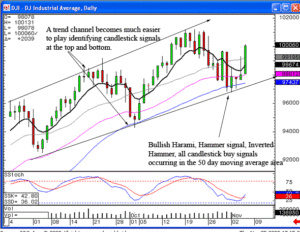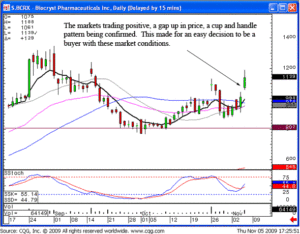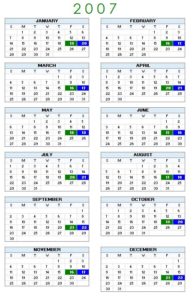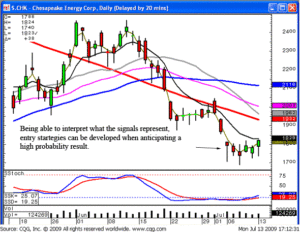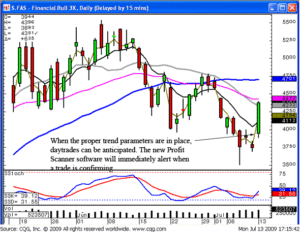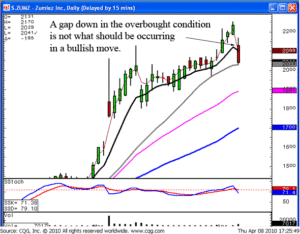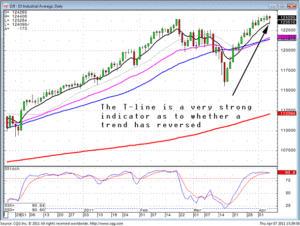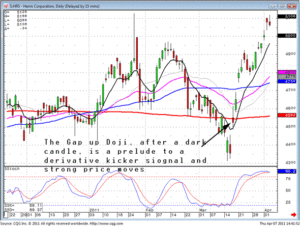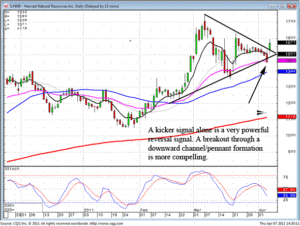Commodity volatility can be significantly more than volatility in interest rates, and foreign currency exchange rates. Measured commodity volatility as reported in standard deviations in price variability historically does not settle below 15 percent and often rises to more than fifty percent. As a rule supply and demand are the main factors in commodity volatility. Commodity suppliers and commodities buyers often stockpile in order to maintain price stability but when shortages occur either due to production failure or rising demand commodity prices can go up dramatically. It is commodity volatility that makes trading commodities profitable for traders. Using both fundamental and technical analysis, traders can profit by accurately predicting commodity price changes. Commodity and futures training can help someone beginning commodity futures trading to understand the use of technical analysis tools such as Candlestick chart formations in trading commodities.
It is the volatility of commodities markets that leads producers and buyers to hedging to protect their investment risk. By hedging, an agricultural cooperative, for example, will sell corn futures in order to guarantee a stable price for part of their production. Oil refiners will buy oil futures to guarantee a set price a year or more hence. Hedging commodities is used throughout the commodities markets and supplies the majority of trading volume. Traders who speculate on commodity volatility can thank the major players in the commodities markets for the volume and liquidity that routinely make profitable commodity trading possible. The volatility of some commodities becomes a social issue when the prosperity of a third world country depends upon high prices for commodities such as coffee, bananas, and cocoa. Unfortunately commodity market history shows us that commodity volatility has always been with us and, probably, always will. Only with an effective hedging strategy can producers protect themselves from devastating market fluctuations. However, such strategies often require the kind of political and economic stability that emerging nations sadly lack.
For commodities traders it is the volatility of the commodities markets that makes trading commodities financially attractive. Going back centuries rice traders in the Japan of the Samurai developed a set of tools to take advantage of the ways in which the commodity prices, driven by commodity volatility, repeat themselves. The development of Candlestick chart analysis allowed traders to let the market tell them what the market would do. This is still true today as traders use Candlestick chart patterns to predict price movement and determine where to most profitably trade. Candlestick pattern formations are not only useful in making sense of commodity volatility futures trading but also in helping to make decisions in options trading of commodities futures. The combination of volatility with high volume and high liquidity allows traders to enter and exit trading positions at relatively low cost. A fluid market allows for more accurate technical analysis. However, the trader needs to pay attention to the market as commodity volatility can change a profitable day into a loss when the trader does not stay tuned to his or her trading signals.
Market Direction
Targets! Candlestick analysis allows an investor to dramatically improve profits by analyzing where there is a potential target. More importantly, candlestick signals convey the correct information of what to do once a target is reached. Note in the Dow chart, the trend reversed based upon a simple analysis of candlestick reversal signals occurring in the oversold condition. What becomes a potential target from that level? It could be seen at the 50 day moving average had acted as resistance during mid-June. It could also be seen that the 200 day moving average at acted as resistance at the end of May and the beginning of June. Putting on long positions during the first week of July was done with the idea the Dow could move back to the 50 or the 200 day moving average. That analysis at least provided enough room to make some profits.
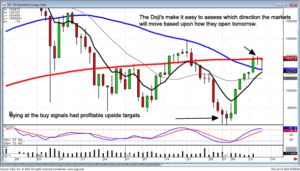
DOW
Most investors have a hard time taking profits. They either get out too early, in fear of giving back their profits, or they get out too late because they were afraid that if they sold, the prices would continue higher without them. Candlestick analysis eliminates those fears. As can be seen in the Dow chart, the 50 day moving average did not act as resistance. The 200 day moving average is showing resistance. What should be done from this level? Without the use of candlestick rules, that becomes a hit or miss decision by most investors. The candlestick investor has the advantage of knowing what each signal is representing. Wednesday’s trading showed a Doji right at the 200 day moving average. Weaker trading on Thursday would indicate profit-taking. The profit-taking occurred but the Bulls took the price right back up to the top of the trading range. Thursday’s trading bounced up off the 50 day moving average. This would be an indication the 50 may now be acting as support. The late afternoon buying formed a Dragonfly Doji/Hanging Man signal. Stochastics are in the overbought condition.
Does knowing this information help project where the market is going to move from here? No, but it does allow the investor to take action based upon what it does do from here. Weaker premarket futures tomorrow would make the Hanging Man signal, forming at the 200 day moving average, the predominant signal. That would indicate that after three days of trying to push through the 200 day moving average, the Bears were starting to take control again. On the other hand, if they open the market positive tomorrow, after Thursday’s profit-taking day, they would be opening positive after a Doji day. This indicates they will be moving the trend in the direction of how they open it after a Doji. This is not rocket science analysis. This is merely common sense interpretation of what is provided by the signals. The Japanese Rice traders did not make this analysis difficult. They made it very easy to understand and profitable.
It is painful to miss a strong price move. Fortunately, being able to analyze what a price pattern should do allows for grabbing some of the profits during that price move. Note how the September wheat chart showed a very strong price move after a Bullish Engulfing signal. Most investors would whine and complain that they did not partake in that price move. However, knowing that a strong price move has the potential of forming a J-hook pattern allows an investor to still make profits.
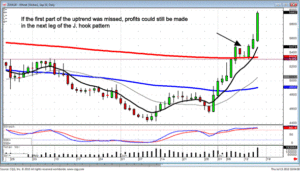
Wheat Sept
Note how the price move above the 200 a moving average, formed a Bearish Harami, followed by a Doji on the 200 day moving average. This was a setup for a potential J. hook pattern. Knowing that, an investor could take advantage of the next leg up. Profitable trading is not getting every big price move. Profitable trading involves knowing what to do at the appropriate times of a price trend.
Take the opportunity to learn candlestick analysis from A-Z. The methodical teaching method produced by Stephen Bigalow allows an investor to gain valuable insights into their own nature. This year, the Candlestick Forum private training session is being conducted on Keuka Lake in upstate New York. You will gain valuable knowledge on how to trade/invest successfully. At the same time, you will have the opportunity to enjoy the lake surroundings of one of the nicest lakes in the Northeast. Please take the time to investigate the information about this private training session. It may save you thousands upon thousands of dollars of needless market trading mistakes. You will gain a new perspective on how to take profits consistently out of the market.
Click here for private training session information.
Chat session tonight 8 PM ET
Good Investing,
The Candlestick Forum Team
Profitable Candlestick Trading
Website special reflects current newsletter. If you are reading an archived newsletter you will be directed to the Current Website Special
